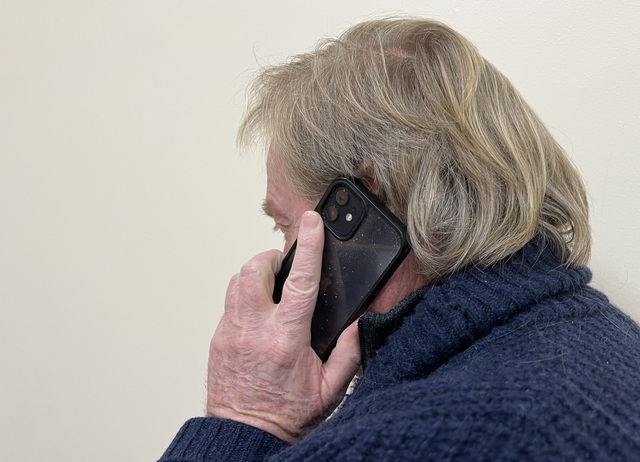
Australia’s 3G network will shut down gradually over the next week starting from today, potentially preventing hundreds of thousands of phones and medical alarms across the nation from placing emergency calls.
The 3G shutdown, which started at 12:01am on Monday, 28 October, will impact 3G and some 4G and 5G phones, as well as some smartwatches, tablets, EFTPOS terminals and select medical-, fire- and security alarms from placing or receiving calls or data.
The precise number of impacted devices is unknown, but Australia’s telecommunications companies have estimated that, despite widespread information campaigns on the shutdown, several hundreds of thousands of phones and other devices which rely on 3G still exist.
Around 200,000 such devices are believed to be medical alarms, meaning that people in life-threatening situations may be unable to contact emergency services unless they upgrade their devices.
A number of phones able to access the 4G and 5G networks will also be affected by the shutdown if they require the 3G spectrum to transmit calls or reach emergency services.
WHAT WILL HAPPEN?
As of 28 October, incompatible devices will be blocked from accessing the network, with Tasmania set to be the first state to have its 3G service fully switched off owing to the island’s small size and isolated location.
The rest of the nation will see its 3G network gradually go dark throughout the week, with telecommunication giant Telstra anticipating the shutdown to be completed by Monday, 4 November.
Under a change to Australian law which came into effect on the same day as the start of the 3G shutdown, telcos have also been forced to disconnect and block all devices from their networks which cannot call Triple Zero.
The change to the Commonwealth’s Telecommunications (Emergency Call Service) Determination 2019 means users of non-compliant devices will lose all access to voice and data services until they upgrade their phones.
Affected devices may still be able to access Wi-Fi networks and make use of apps such as Facebook Messenger and WhatsApp which allow for calls to other users, but they will not be able to ring Triple Zero.
WHAT TO DO?
The owners of non-compliant devices have been urged to upgrade their phones or other technology as soon as possible to avoid any issues with the 3G shutdown.
Telcos have sent out text messages to affected phones, and some manufacturers of other devices like medical alarms have reached out to their customers to inform them of the need to upgrade.
To check if your phone will need to be upgraded, text the digit 3 to the phone number 3498.
WHY SHUTDOWN HAPPENED
Telcos like Telstra have claimed the 3G network shutdown was needed due to Australia’s widespread shift to the 4G and 5G spectrums, which reportedly allow for the faster and more reliable transmission of larger volumes of data.
In the leadup to the 3G shutdown – which was delayed twice this year – Telstra said it had expanded its 4G network coverage to be equal to that of its 3G offering.
Telstra claims its 4G service reaches 99.7 per cent of the Australian population, while its 5G coverage reaches 89 per cent.
Rival telco Vodafone has claimed the 3G network carried less than one per cent of its total mobile data traffic before the shutdown.
However, large sections of remote Australia still have little to no mobile phone coverage, according to Telstra’s service map.
In particular, sections of northern and western Queensland, the majority of the Northern Territory, eastern parts of Western Australia and a large area of non-coastal South Australia have no ready access to 4G or 5G services.
Likewise, a section of south-western Tasmania – the first state to be completely disconnected from the 3G network – will remain in the dark even after the major telcos’ promised coverage upgrades.
Several more sparsely-populated sections of the North and South Burnett regions – such as those bordering state forestry – are also still without coverage.
Crucially, many kilometres of the Burnett Highway – such as between Gayndah and Goomeri or Eidsvold and Monto – will still see motorists struggle to get a phone signal, with Telstra not having listed any of these areas as earmarked for network expansion as of writing.
WHAT NOW?
Telstra has claimed it will repurpose its 3G infrastructure to advance the capacity of its 4G and 5G offerings, which it said will “further increase overall network capacity and improve service quality for many customers.”
Meanwhile, some devices which were able to access the 3G network but did not rely on it to place or receive calls may continue to do so over the coming days.
After the shutdown of the network is complete, these devices will switch wholly to the 4G and 5G networks if they are compatible.





